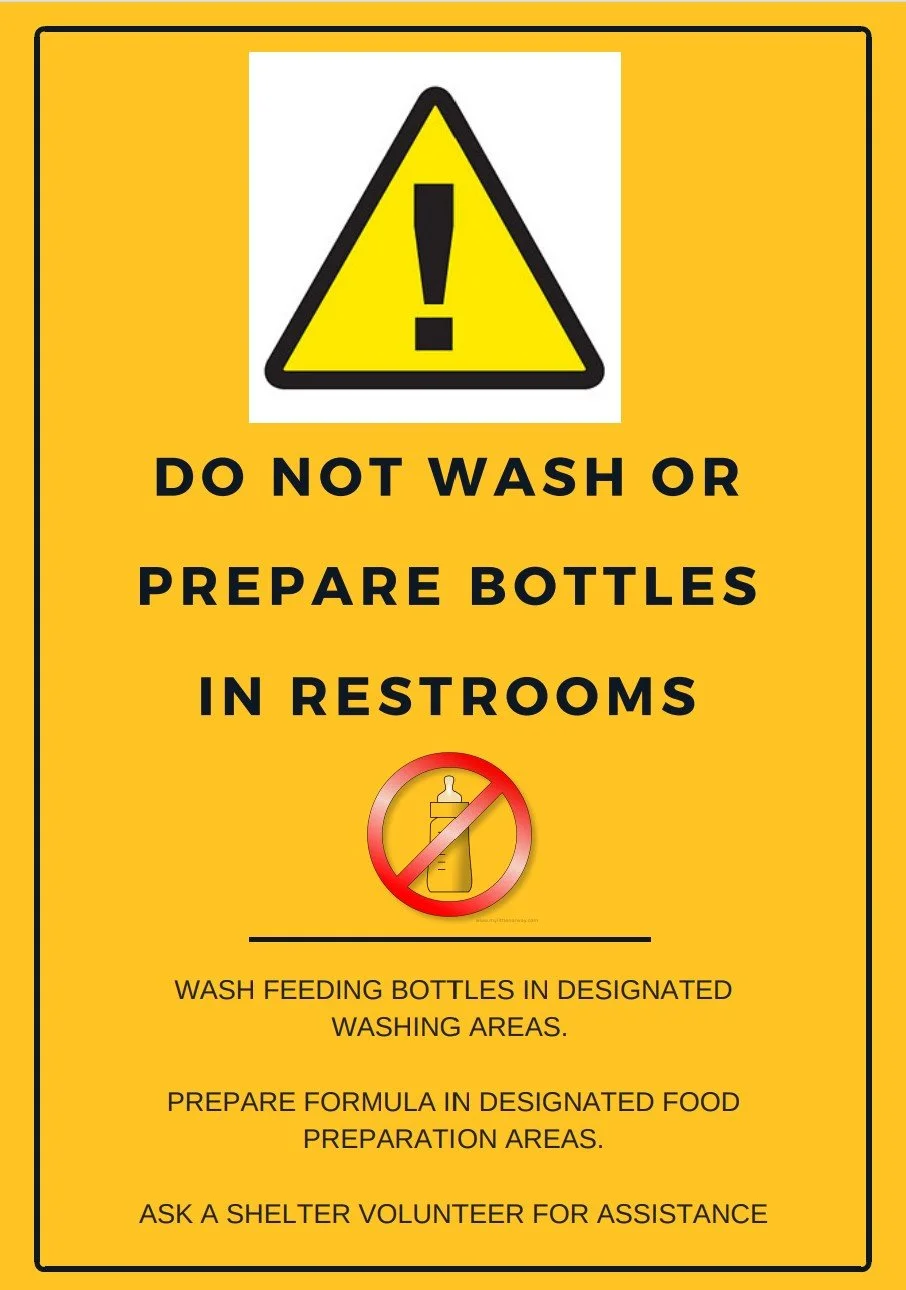Shelter Personnel
Shelter Personnel are crucial in helping to preserve and protect lactation during emergencies and disasters
Human milk reduces the risk of morbidity and premature mortality. Its effect is even stronger in emergency and disaster situations in which the infant/child can benefit from immune protection and optimal nutrition in times of stress and suboptimal living conditions. In addition, lactating parents who do not remove milk regularly can develop breast inflammation, infection, become ill and quickly lose their milk supply.
Help families maintain lactation by:
Making sure your shelter empowers lactating families to continue feeding their children their milk. Assess your Shelter with this form.
Using Posters to guide lactating families, shelter personnel, and other sheltees in helping families maintain lactation
Creatiing a safe space for parents to breast/chestfeed/express milk
Keeping families together
Encouraging parents to continue to breastfeed frequently to maintain milk supply
Reassuring them that their milk is best
Protecting them from offers of formula (if they were not previously using it) from those who are well-meaning, but uninformed
Offering extra food and water to the lactating parent
If parents need to express milk due to separation from their child or one that won’t latch show them HAND EXPRESSION information here.
If conditions are not sanitary, encourage cup feeding rather than bottles/nipples to reduce risk of illness: CUP FEEDING
Even infants used to drinking their parent’s pumped milk by bottle may be able to breastfeed using the “drip drop” method.
If formula is necessary, ready-to-feed liquid formula is best, followed by powdered formula made with bottled water. See formula preparation guidelines here. Babies under three months and those with weakened immune systems should have hot water added to formula to sterilize it if possible.
Access Pump and Bottle/Cup/Nipple Cleaning guidelines to share












